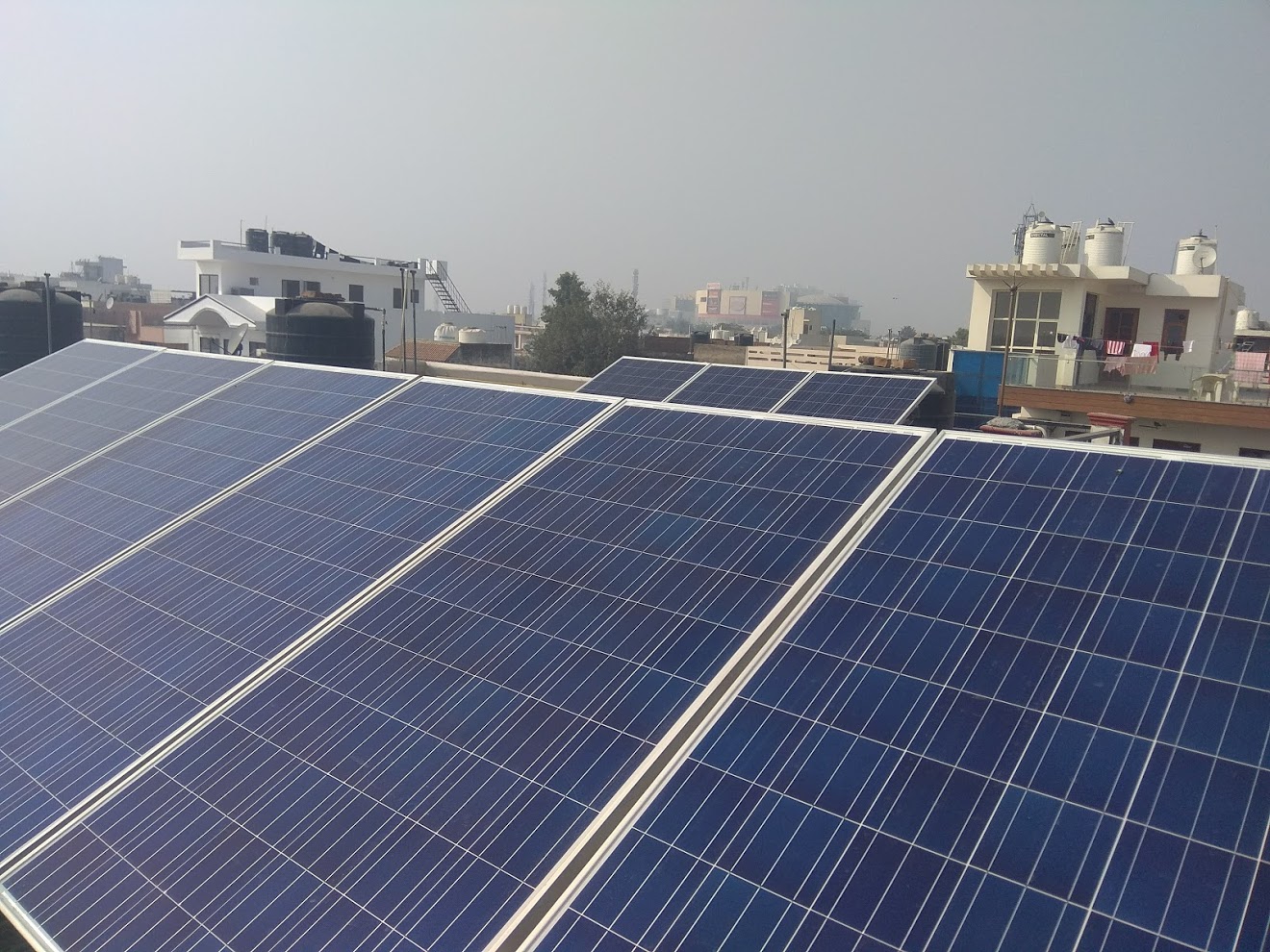Solar panels, when installed atop schools and educational institutions not just reduce pollution but reflect in the format of lower power bills as well.The concept also delivers desirable outcomes for residential buildings.
The best part about the arrangement is that this is exceedingly good for the environment.The carbon footprint of the power produced reduces by 28%,and the arrangement is frequently in a position to meet 75% of a school’s power requirements.
With the reduction in the percentage of pollutants in the air,the odds of smog and acid rain reduce significantly.As one breathes in cleaner air,the functioning of the heart and lungs improves.
Indian schools can benefit particularly well by solar panels
A few of the parameters that define if the use of solar panels for power generation is a viable arrangement are the rooftop area available,the amount of sunshine received and the hourly electricity output.Indian schools are best placed to derive the maximum value from a power generation arrangement based upon solar panels.The numbers of sunny days in India are high,around 300 each year.This translates to a solar exposure of 5,000 trillion kilowatt-hours each year.
This is a magnanimous amount of solar energy because a rooftop system with one kilowatt (kW) strength produces three to five units of electricity per day.
This goes to show that if a school has a rooftop system with at least a 5kW power rating,it can reduce the dependence over the power grid to a significant extent.Installation of solar panels for power generation also results in lower electricity bills,as one is required to access a lesser amount of power from the grid.
Subsidies and benefits simplify processes for installing solar panels
The Ministry of New and Renewable Energy (MNRE) makes Indian schools eligible for subsidies for installing solar panels.They cover up to 30% of the costs associated with a solar project. This figure should ideally be higher, considering the benefits of using solar power to meet a school’s energy requirements.
Solar panels,for the generation of electricity, are not currently used in Indian schools on a large scale.As per an audit recently conducted by the Green Schools Program of the CSE,merely 13% of the 1,700 schools audited use solar power to meet their energy requirements.The underlying factors for the same include the costs associated with installation,maintenance,inspection,servicing,and hardware replacement.

